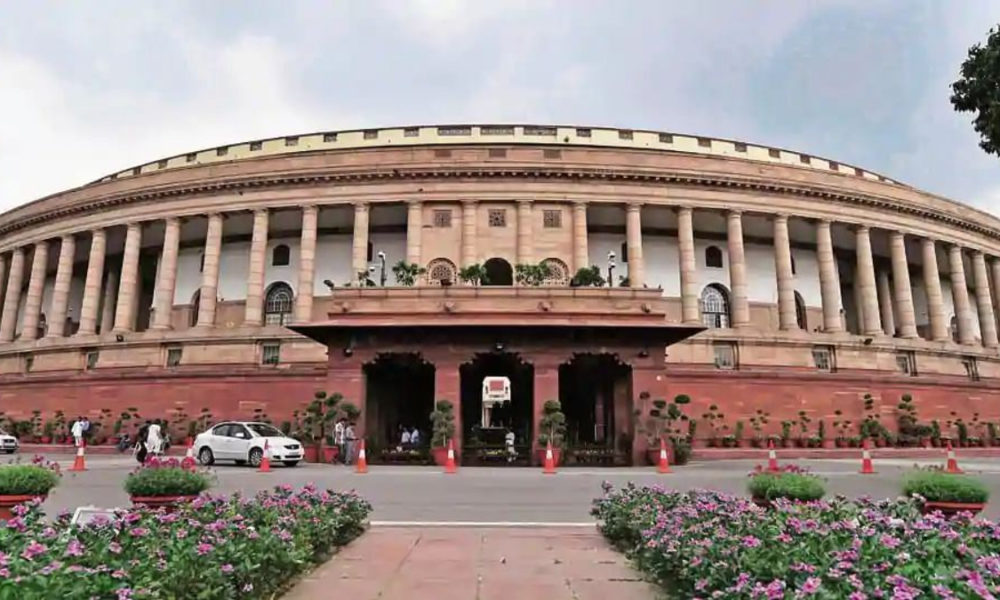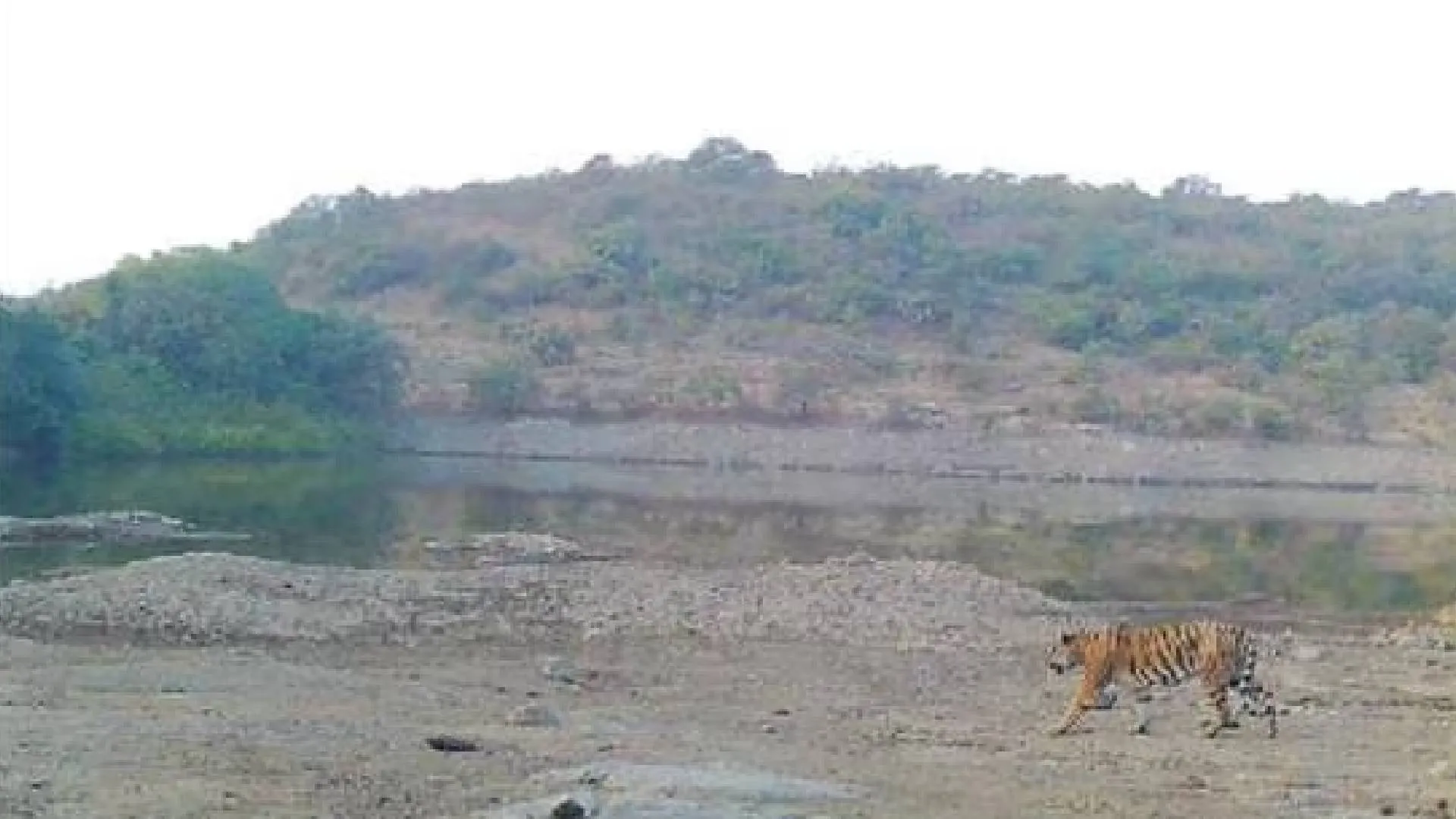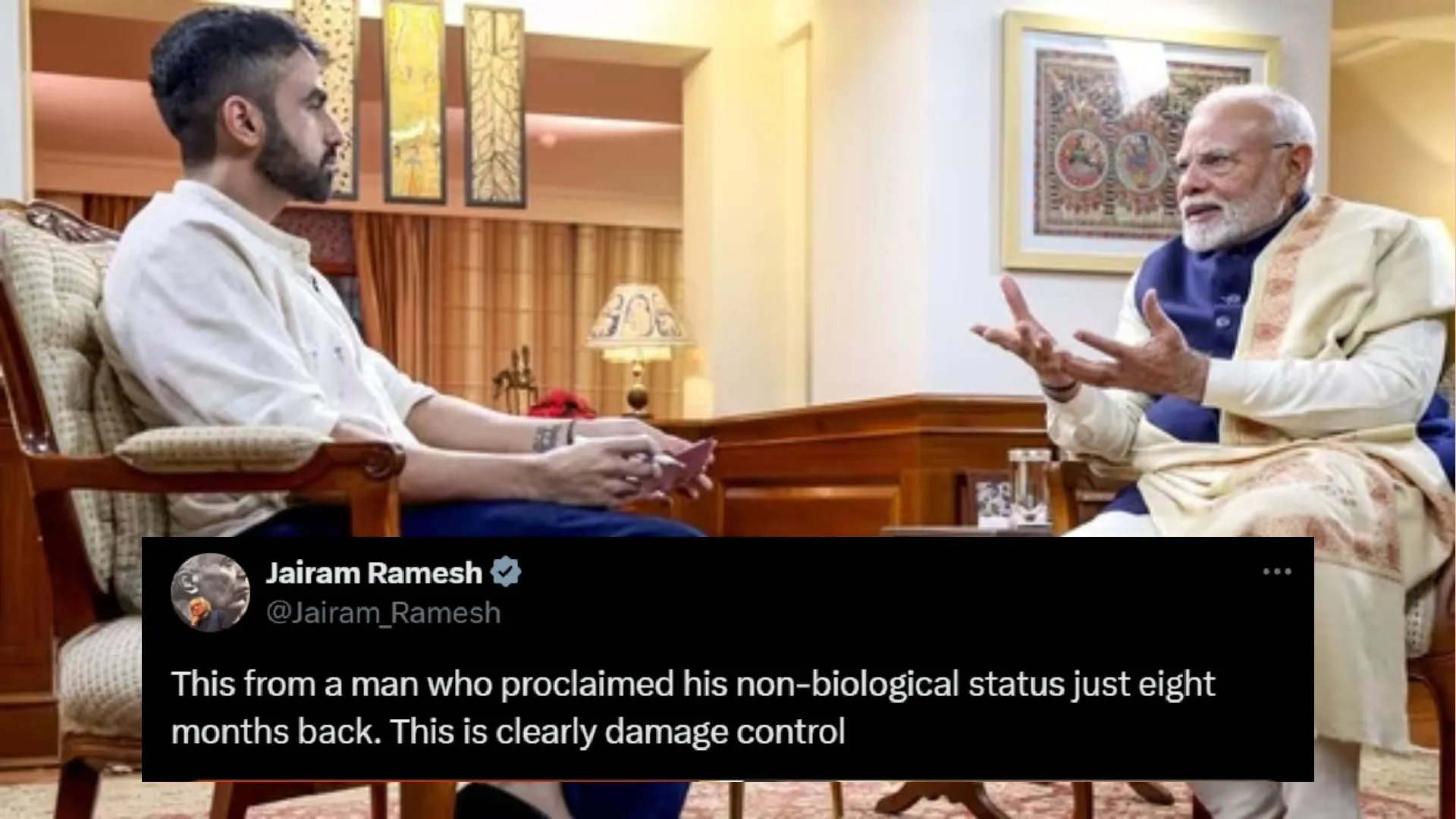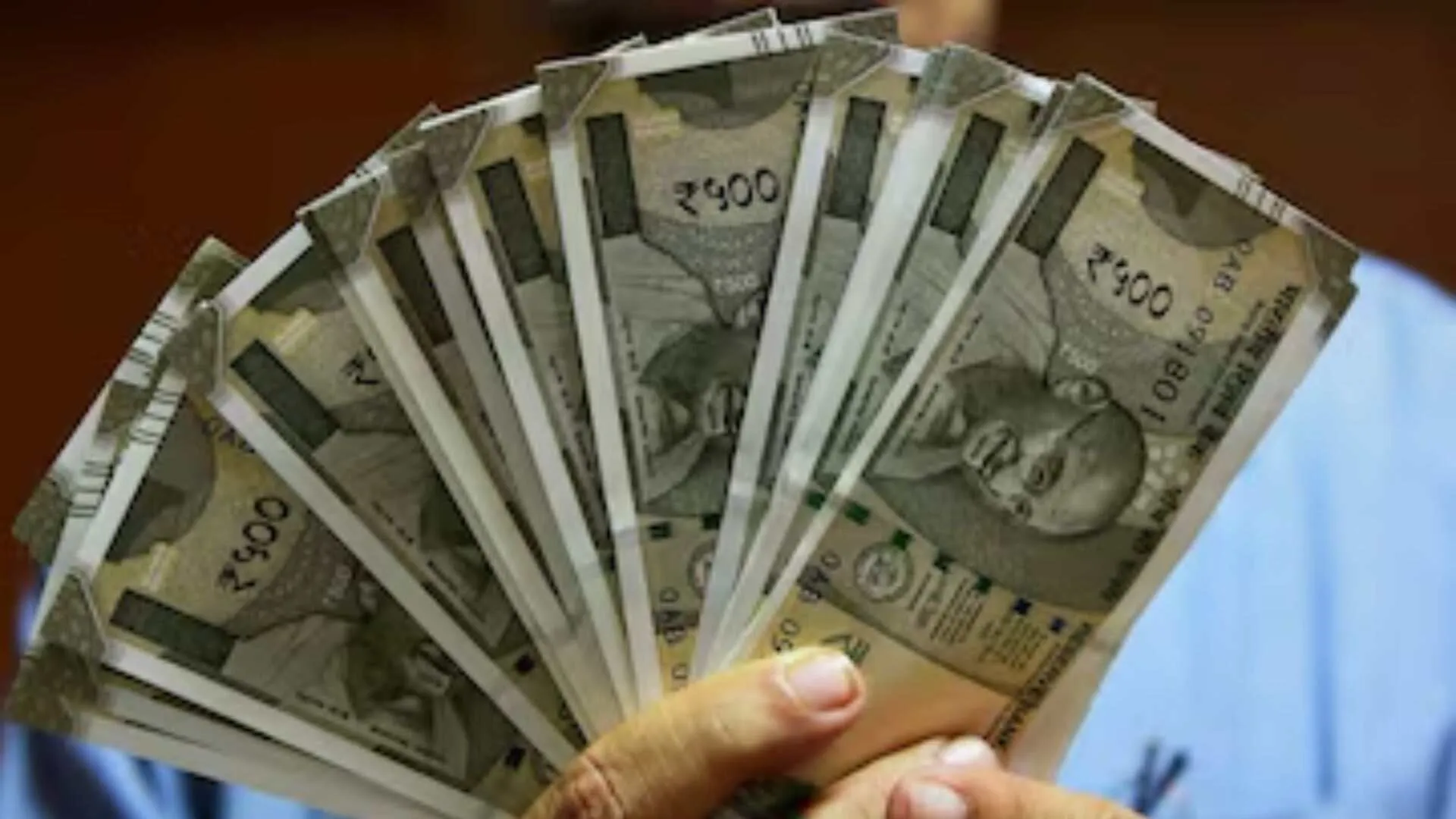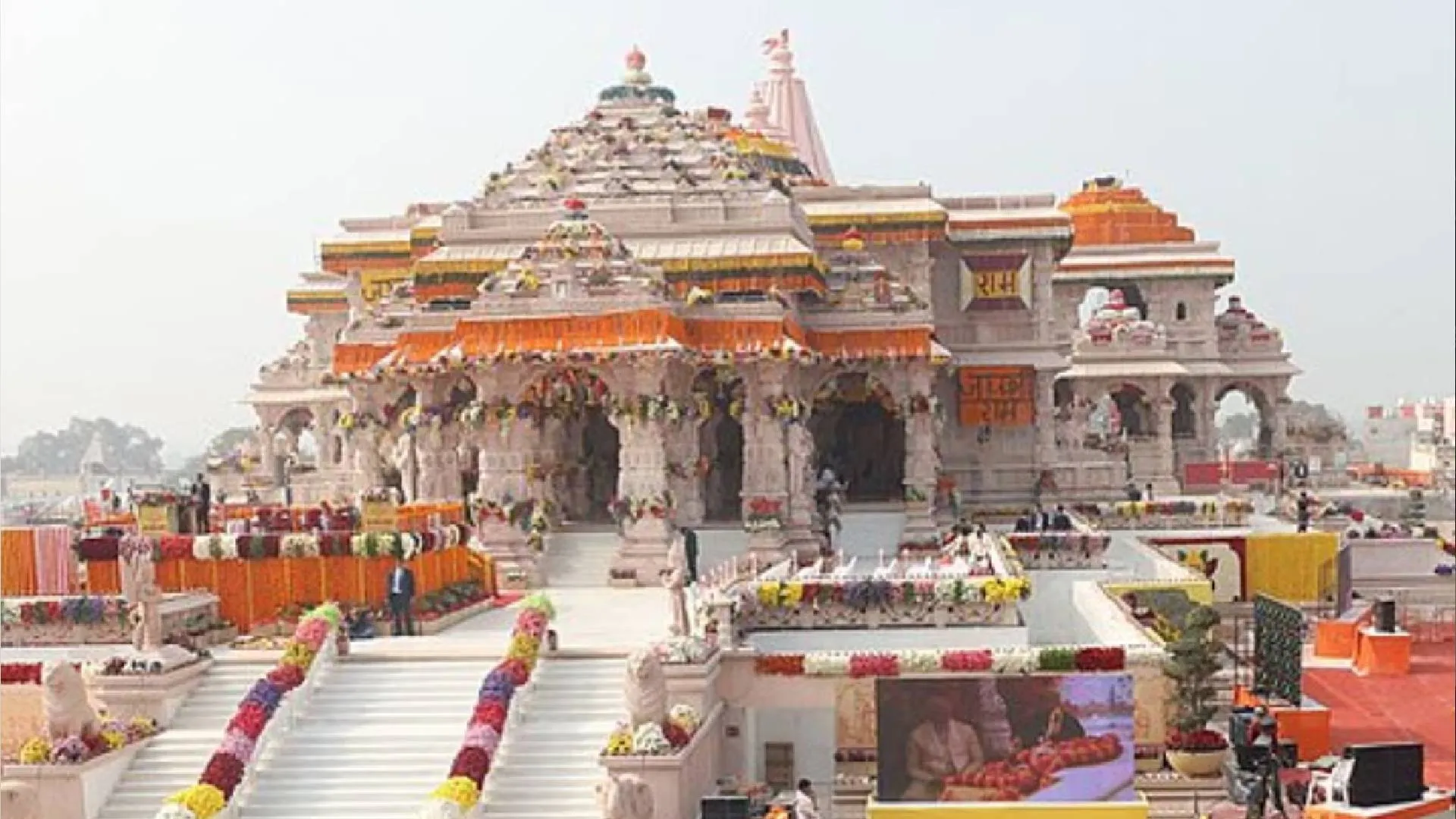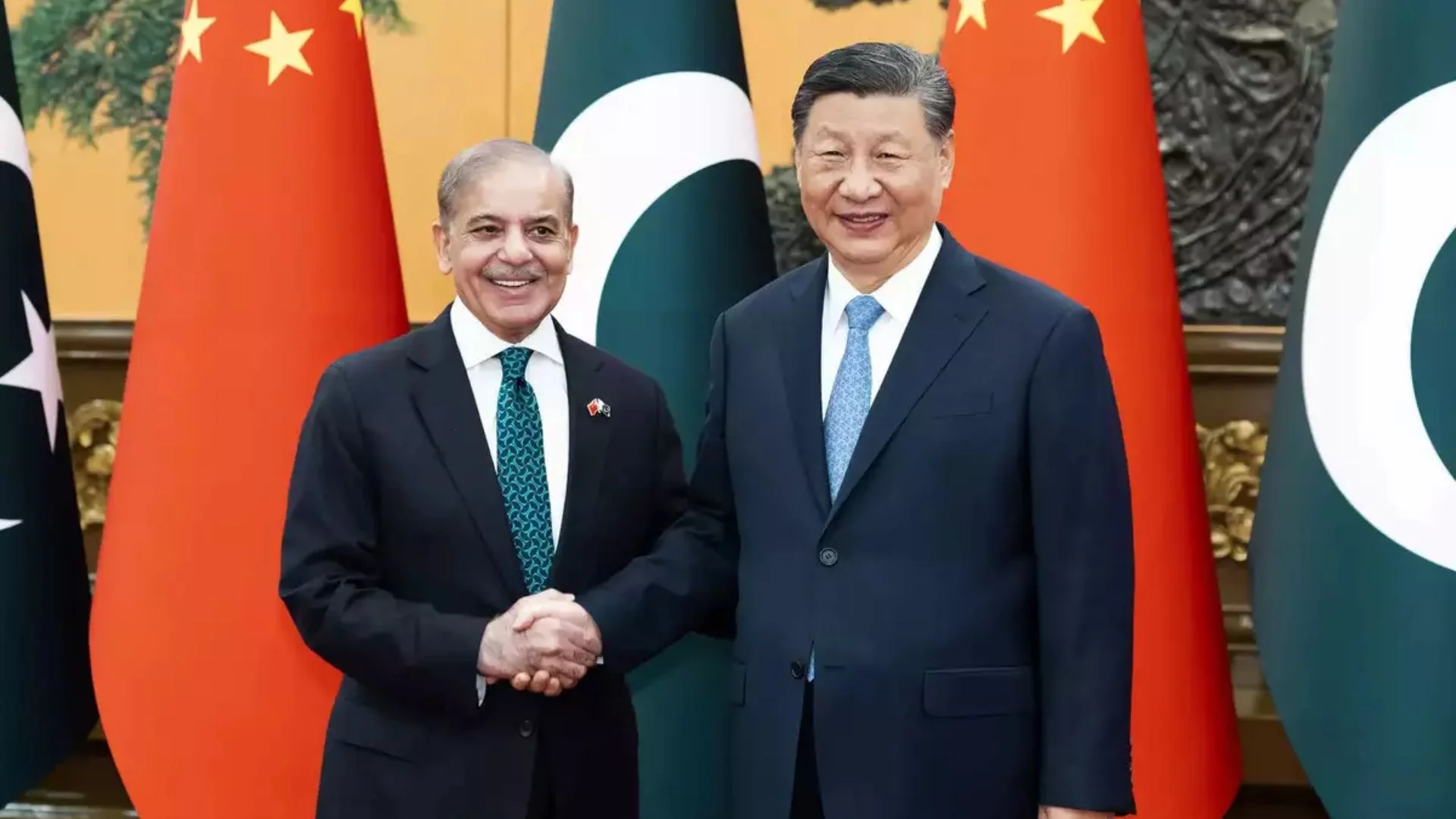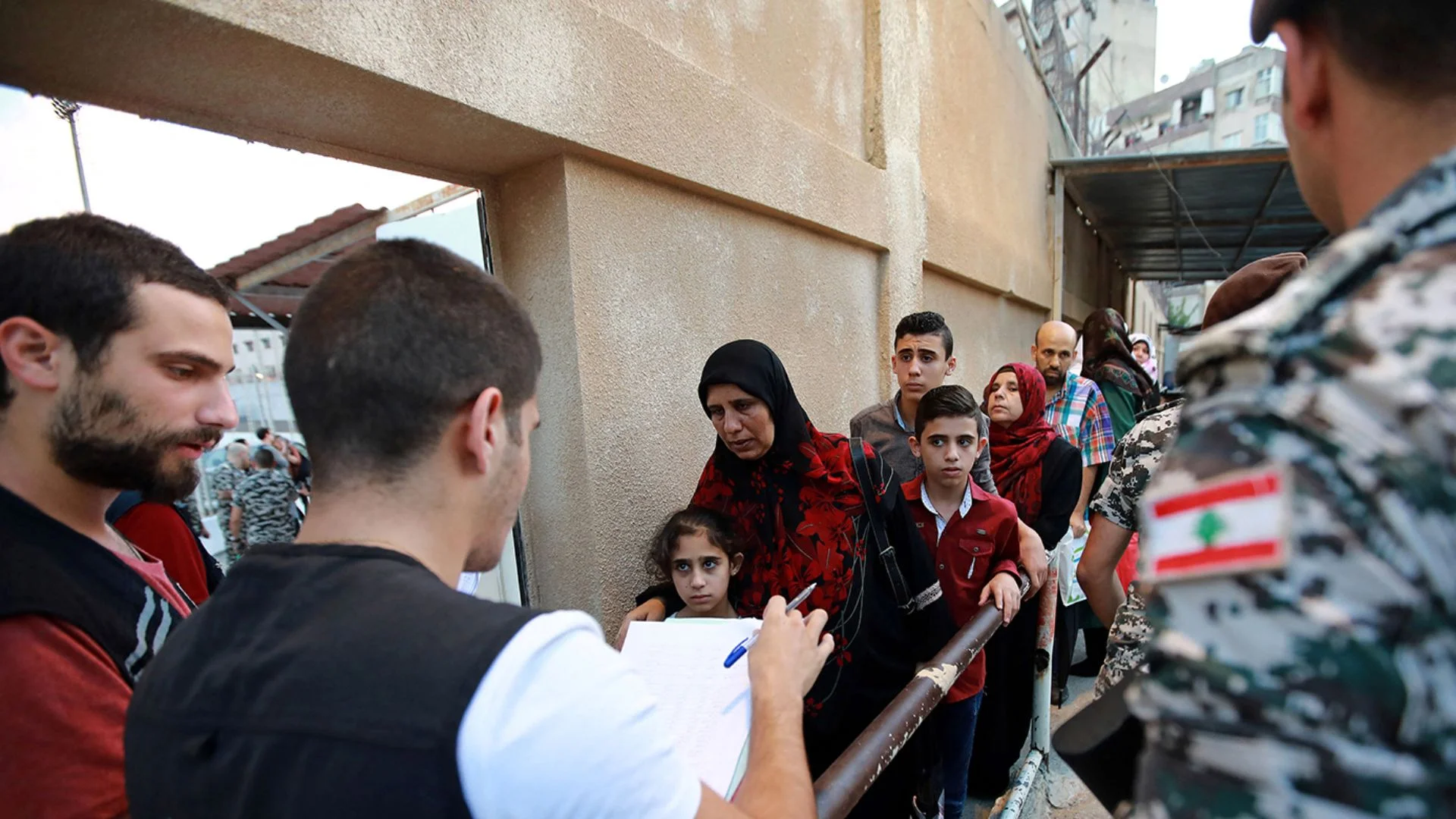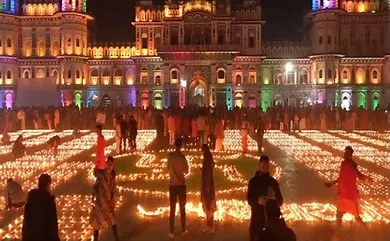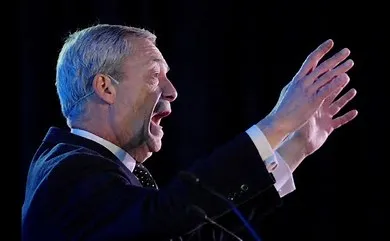One topic that keeps coming into the limelight and is always followed by heated discussions is whether ancient India had a republican political system of administration or not. A deeper look into this topic brings forth some interesting facts. Ancient Indian political system was a mix of monarchial States, and non-monarchial States that had both oligarchic and republican governments, which had been documented by both Indian and Greek writers.

Indra the king of gods riding his elephant Airavata. From Tiruchchirappalli Tamil Nadu 1820-1825.
 Parliament House, the seat of modern representative form of democracy.
Parliament House, the seat of modern representative form of democracy.


 Arthasashtra manuscript
Arthasashtra manuscript Alexander on a mosaic from Pompeii 4th century BCE
Alexander on a mosaic from Pompeii 4th century BCE

 Indra the king of gods riding his elephant Airavata. From Tiruchchirappalli Tamil Nadu 1820-1825.
Indra the king of gods riding his elephant Airavata. From Tiruchchirappalli Tamil Nadu 1820-1825.


John Locke (1632-1704) who gave his theory of social contract to Europe almost 2000 years later after India had first discussed it.
A republican form of government is where the State is governed by representatives elected by the citizens, and it is founded on the basic theory that sovereignty rests with the citizens. While citizens do not directly govern the state and have elected representatives standing in for them, republics can be said to be different from direct democracy, where in the latter citizens take direct part in governmental decision makings. However, what we see in India currently, which is a modern representative form of democracy, the government is by and large a republic.
The subject of political theories and administrative organizations of ancient India were a popular topic in those times and many texts were written bearing on this theme. Among the surviving ones, the most noteworthy one is Arthasashtra, which is attributed to Kautilya, the Prime Minister of Chandragupta Maurya. Besides Arthasashtra, there are other works on the political workings of those times, which include the ‘Rajadharma’ section of Shantiparva in Mahabharata, and the Manusmriti. The Arthasashtra mentions five separate schools of this science and thirteen individual authors who had made their contributions to ancient Indian political sciences prior to Kautilya.
What we learn from these texts is that the Indians from a very early period were well versed in political sciences, and learned it with an ardour that had no parallels in the ancient world.
MONARCHIES OR KINGSHIP
As territorial states came into existence, with it came the ideology of imperialism and the various political theories associated with it. However, the political theories that are a part of our old religious texts (sacerdotal literature) are often presented with theological stories, which often make it difficult for the reader to understand and filter out the underlying theories presented behind these stories. As for example, if we take the case of ‘theory of the origin of sovereignty through common consent,’ we find that Aitareya Brahmana explains it through a story of a war between gods and asuras. After being defeated, the gods said, “it is because we have no king that the asuras defeated us, so we should elect a king.” Once a king was elected, the gods won a resounding victory over the asuras. In another instance, Aitareya Brahmana (VIII. 4.12) says that Indra was elected as king because he was the most vigorous, strongest, most valiant, and the best one to carry out all given work. If these stories are closely analysed, a clear theory emerges that outline the process of selecting a king through ‘common consent,’ which in current context, can be termed loosely as election. The person who is the most capable of carrying out the State affairs in general, and most importantly a person who can lead the State in times of emergencies such as wars is the best choice for a king through common consent. Besides this, there is also the theory of ‘divine origin of kingship,’ which is given in the Taittiriya Brahmana (II.2, 10, 1-2), where it is mentioned that Indra, though occupying a low rank among the gods, was made the king by Prajapati.
Both these theories were further developed in the later political literature of India and discussed in details in the Arthasashtra, Manusmriti, parts of the Mahabharata and Ramayana, and in the Puranas. However, the early stories clearly lay down the basic narrative, which says that in order to move away from the previous “might is right” state of affairs and to establish law and order in the society, the people selected/elected or God created a king, whose duty was to protect the lives and properties of his people in exchange for a tribute. This narrative is similar to what Locke had propounded in this theory of Social Contract in the 18th century. This theory also finds a parallel in a philosophical passage in the Satapatha Brahmana (XI.1.6.24), “whenever there is a drought, then the strongest seizes upon the weaker, for the waters are the law.” The theory of choosing through common consent or election is best developed in Mahabharata and summarized in Arthasashtra, where it is said that “People suffering from anarchy first elected Manu to be their king and allotted one-sixth of the grains grown and one-tenth of the merchandise as sovereign dues. Fed by these payments kings took upon themselves the responsibility of maintaining the safety and security of their subjects.” Not very difficult to see the striking resemblance to Locke’s Social Contract Theory offered to Europe 2000 years later.
Besides the two theories on origin of sovereignty, here the other important point to be noted is that the science of politics in Indian studies and discussions is not new, and goes long into the BCE era.
REPUBLICS IN ANCIENT INDIA
Sovereignty or Monarchy was not the only form of government known in ancient India. Both oligarchic and republican forms of governments were present in India from very early times, which are not only mentioned in our ancient literature, coins, and inscriptions, but also find mentions in ancient Greek historical records. As per R. C. Mazumdar, the non-monarchical governments can be traced back to as early as 6th c. BCE among the Lichchhavis, the Sakyas, the Mallas, and other tribes. Some of these tribes were very powerful ones (like the Lichchhavis) and commanded great respect in ancient India. The Greek writers have recorded in details about Alexander’s troops facing a confederacy of republican tribes near the confluence of the Jhelum and Chenab rivers, which were led by the Oxydrakai (Ksdudrakas) and Malloi (Malavas) clans, where every single member, including 5000 Brahmins, took part in this war and died resisting the Greek invasion heroically.
R.C Mazumder tells us that these republic States appeared to have been divided into many administrative units, each of which was like a miniature State in itself and had complete systems in place running the local administration. The State business as a whole was allocated to an assembly, which was made up of the heads of those administrative units, and the assembly was under the guidance of a Chief or President who was elected for a short period. If the assembly was a sizable one, there was an Executive Council formed from among the members. This form of administration was similar to the Clesithenian constitution of ancient Athens.
The assembly was known as the santhagara, and the Lichchchavi assembly was a special favourite of Buddha. He had once said to his followers “Oh brethren, let those who never seen the Tavatimsa gods, gaze upon this assembly of the Lichchchavis, behold this assembly of the Lichchchavis, compare this assembly of the Lichchchavis, even as an assembly of the Tavatimsa gods.” Buddha also admired the strength of the constitution of the Lichchchavis, and this is apparent when Ajatshatru who wanted to conquer the Lichchchavis sent his advisors to Buddha for help, who sent back the message that Lichchchavis cannot be conquered as long as their constitution remained intact.
The Lichchchavi system, as per Mazumdar, was ultra-democratic in nature, and its functioning gives us some insight into the principles of administration of a non-monarchial state in ancient India. From an old text it has been learned that a criminal was first sent for trial to a group of officers known as the Vinichchaya Mahamatta. If the accused was found innocent he was set free by these officers, but if found guilty he was not sentenced but sent to a higher tribunal. There were 6 such higher tribunals that would act as judges; the final one being the President who alone had the right to convict and award the punishment, as guided by the Paveni pustaka or the book of law that also contained previous legal decisions. Thus, a person accused of a crime was protected in a manner with probably few parallels in the ancient world. He could be punished only after 7 successive tribunals found him guilty, and if any one tribunal found him innocent, he could walk free. This process of protecting an individual was seen deemed right in ancient India in non-monarchical republic states where the people governed themselves.
Many other such republic-democratic states existed in ancient India in 4th c. BCE, and Megasthenes in his writings tells us that most of the cities of his time had democratic form of governments. In 4th c. BCE one of the most prominent democratic states was that of the Sabarcae, who like many others had fought with Alexander. The Sabarcae kingdom was on the bank of the river Sindhu, and they had a large army of 60000 foot soldiers, 6000 cavalry, and 500 chariots (Mazumdar). The Greeks had also referred to a number of oligarchical States in ancient India, one of which was the city-state of Nysa that had an oligarchical form of government, and the governing body consisted of a President and 300 members of the aristocracy (Mazumdar).
The republican and oligarchical States that flourished in India in the 4th c. BCE, however, showed a rapid decline once the Mauryan Empire was established. The co-existence of free democratic States was not possible with a strong centralized empire, and under Kautilya’s political administrations, they soon disappeared. However, once the Mauryan Empire fell, many such small republic States arose once again, such as the Yaudheyas, Malavas, Arjunayas, etc., each with their own democratic constitutions, and they played significant roles within the portals of Indian history in their times. These little States like their predecessors fought successfully against foreign invasions, but again caved in to the might of the next big centralised empire created by the Gupta dynasty. Fighting against imperialism and foreign invasions these small non-monarchial States finally disappeared from India around 5th c. CE.
Among the political literature of India, Arthsashtra supported strong monarchy and imperialism, while it was in Shantiparva of Mahabharata that we find a long passage that appeal for the preservation of the republic/democratic states and is currently the only surviving relic of a school of political thought that actively supported a democratic form of government in ancient India.

